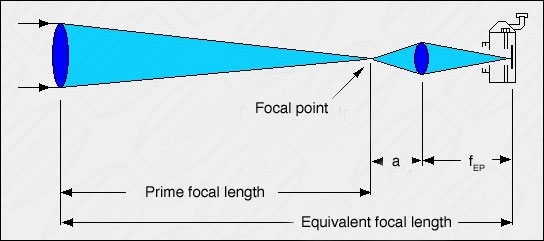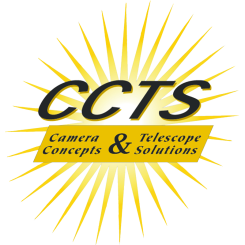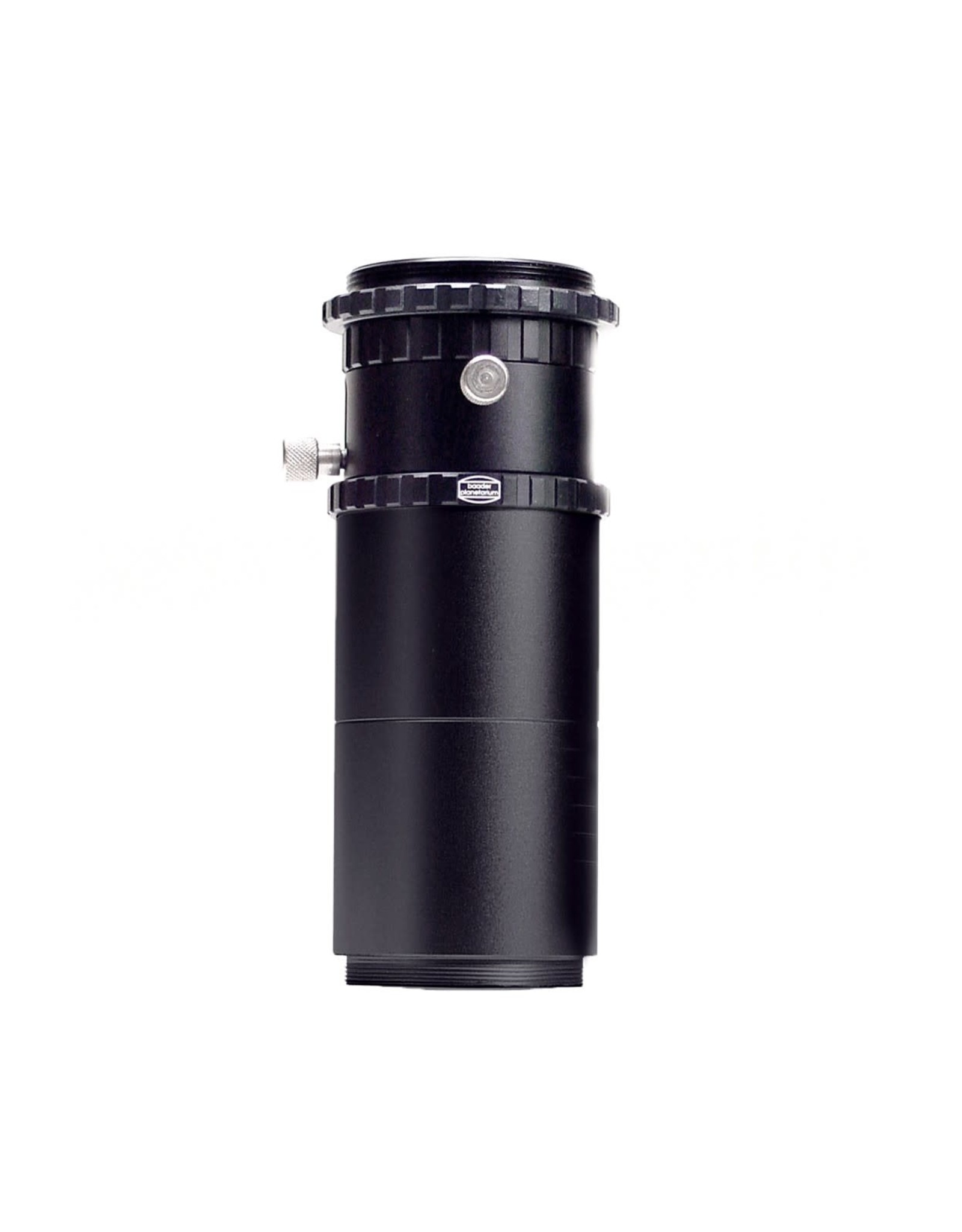Baader OPFA - Baader Eyepiece Projection adapter (for Zeiss M44 thread)
| Article number: | OPFA-5 |
| Availability: | More on the Way to us |
| Delivery time: | More on the Way to us |
Baader OPFA eyepiece holder for classic eyepiece projection with SLR and DSLR cameras
Each OPFA is a complete accessory set for focal photography and eyepiece projection (without projection eyepiece and without T-2-ring for the camera) with connection to the telescope, sliding focuser and 2 pieces of 40mm T-2 extension tubes. A suitable T-2-ring for your camera must be ordered separately.
The OPFA projection systems can be set to be light-tight and bolt-tight, so nothing can wobble anymore. With additional T-2 extension tubes, even extreme projection scales can be achieved – even with CCD cameras!
Each eyepiece projection works in the same way, although there are some practical differences wheather the camera is used WITH or WITHOUT lens. When working with a (digital) SLR camera, the lens is usually removed, and the camera body is attached directly to the projection unit.
If the camera lens is integrated into the system, this is called afocal projection. This is the usual method when shooting with digital viewfinder cameras, where the lens can NOT be removed. For these cameras, we recommend the ADPS, which can be set to a short distance between eyepiece and camera lens. The following diagram shows the structure of the classic eyepiece projection with cameras, where the lens can be removed.

The focus plane or focal image of the telescope is projected onto the film/camera sensor via a projection eyepiece (similar to a slide projector, which projects the magnified slide onto a screen). The resulting focal length is called the equivalent focal length (fE).
The reproduction scale depends on the focal length of the eyepiece (fEP) and the projection distance (a). The equivalent focal length is calculated as follows (the longer it gets, the bigger the image on the film becomes):
f_E = fprimary × ((a ÷ fEP) - 1)
The effect of the different parameters can easily be seen from the formula. If the eyepiece focal length is reduced and / or the distance a (between focal point of the eyepiece and the camera sensor/film) is increased, the value of the equivalent focal length (and with it, the magnification) increases; the picture gets bigger.


